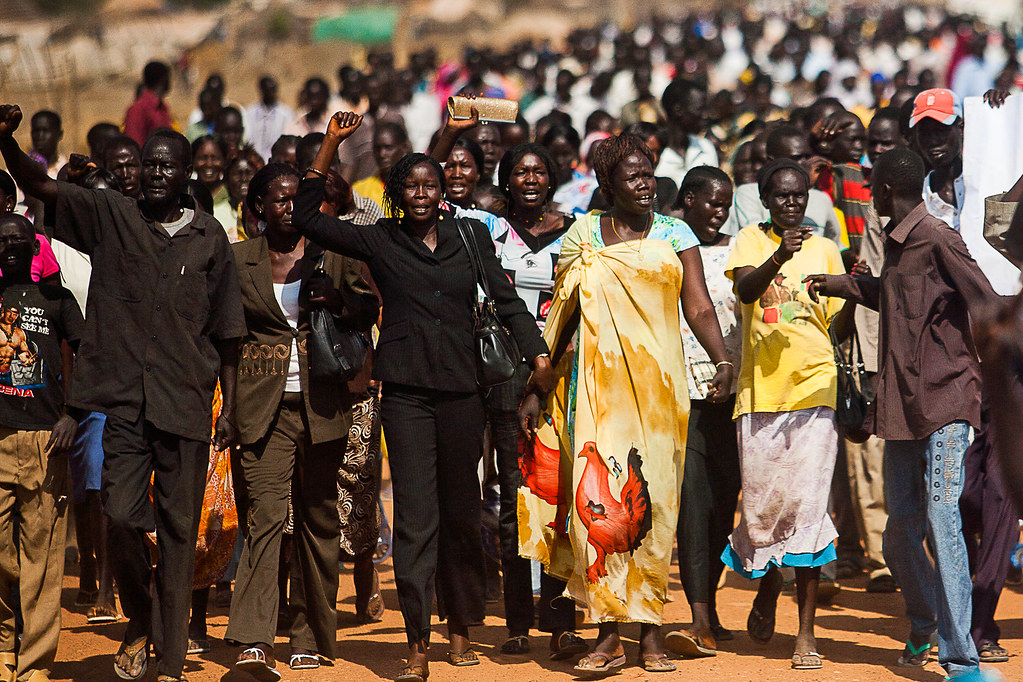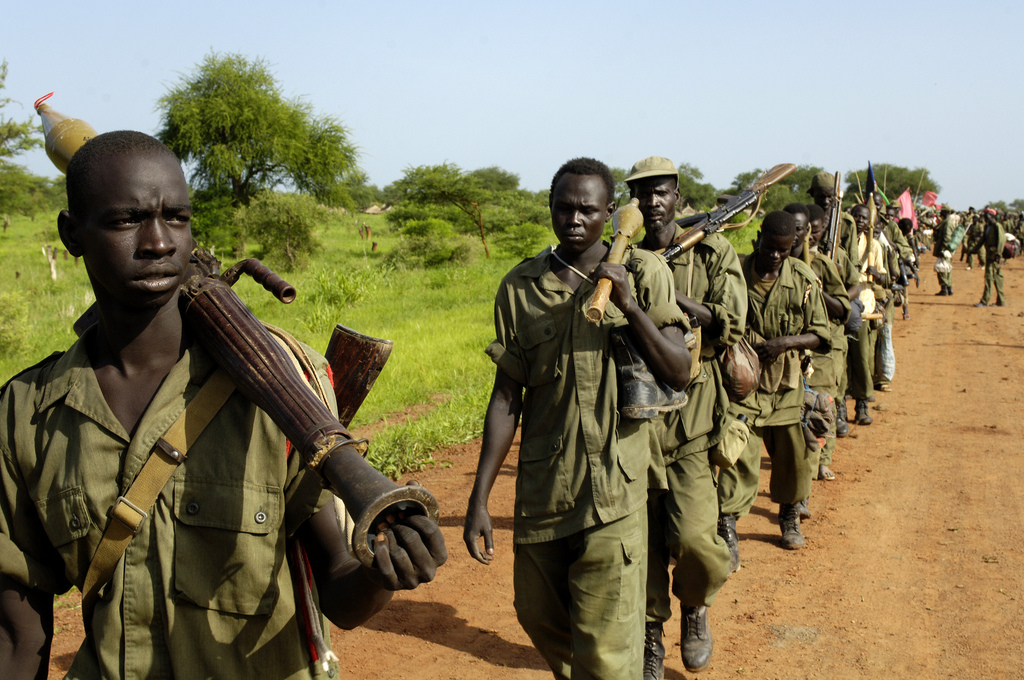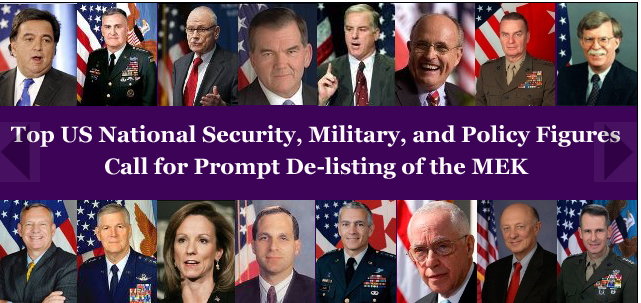Guest post by Michaela Mattes.
The government of Prime Minister Abe recently indicated a possible softening of Japan’s stance in the longstanding territorial dispute with Russia over the Kuril Islands. A resolution of the dispute would remove the main obstacle to the conclusion of a peace treaty between the two countries, 71 years after the end of World War II.
The Kuril Islands, or Northern Territories as they are known in Japan, have been a constant thorn in the two countries’ relationship. Governed by Japan prior to World War II, Russia took control of the islands in 1945, evicted Japanese residents, and has since settled the islands and developed them economically and militarily. While there have been repeated attempts to negotiate a resolution of the dispute, such efforts have thus far proven fruitless.
Departing from its previous stance of requiring a comprehensive settlement of the dispute, the Japanese government now appears willing to consider negotiating the ownership of two of the four disputed islands. While the island of Shikotan and the Habomai islets comprise only about 7% of the disputed territory, a settlement might nevertheless prove an important step towards resolving the status of the two larger islands (Kunashir and Iturup) – and ultimately a peace treaty. In recent research, I found evidence that a piecemeal approach can be a promising route to conflict resolution.
My study suggests that, at times, leaders possess political will to make progress on resolving a dispute but a comprehensive deal is not (yet) possible due to a lack of trust at the international level and/or resistance by domestic actors. Whether the obstacles to conflict resolution can be found at the international or the domestic level, a piecemeal approach may prove an effective strategy. With regard to international concerns about trust, partial settlements allow actors to demonstrate their good will by undertaking smaller cooperative steps that can then build the basis for more extensive cooperation. With regard to domestic political obstacles, partial settlements can engender economic gains for locals – weakening their resistance to further concessions – and might encourage businesses that benefit from cooperation with the opponent to demand additional agreements.
Notably, partial settlements were negotiated in 25% of territorial disputes between 1919-2001. In line with my expectations, I found that partial settlements are associated with beneficial outcomes both in the short and the long run. While there does not appear to be a short-term conflict-reducing effect of partial settlements, the conclusion of a partial settlement is associated with a greater likelihood of peaceful negotiations and concessions. Most significantly, I found a strong correlation between partial settlements and the ultimate resolution of remaining disagreements.
This research bears directly on the case of the Kuril Islands dispute. In this instance, the main roadblock to resolution is not at the international level but rests in the two countries’ domestic politics. Both Russians and Japanese care deeply about the Kuril Islands because of their resource wealth (fishing, oil and gas, and tourism) and historical ties. While the Russian government has in the past offered to cede the lower two islands to Japan, a recent poll of Russians shows that this would be a deeply unpopular move. Similarly, in Japan, the government would have to contend with outrage by expelled residents of the Northern Territories, and nationalists more generally, if it agreed to take the lower two islands but give up on the upper two.
As recently released statements by Japanese government officials show, however, the Abe administration is considering a partial settlement that would give Japan the lower two islands, without insisting on an immediate solution for the two remaining islands. “It might be possible to get things moving by going ahead with two (smaller) islands first,” Masashi Adachi, director of the foreign affairs division of Abe’s Liberal Democratic Party told Reuters, reflecting the thinking inside the ruling party. “There would be a lot of opposition to giving in completely on the other two, but if it’s a matter of postponing until a bit later, I think we could get public understanding.”
While not explicitly mentioned in the statement above, a piecemeal approach could also be beneficial for Japan because it provides an opportunity to strengthen the relationship with Russia without signaling weakness internationally. A partial settlement should be less likely to embolden other countries with which Japan has territorial disputes compared to a comprehensive settlement in which Japan would have to make major concessions. Given ongoing challenges from China in the Senkaku/Diaoyu Islands and the dispute with South Korea regarding Dokdo/Takeshima, this is an important consideration.
In line with the argument I advance in my research, the statement by Masashi Adachi reflects the idea that a partial settlement might “fly under the domestic radar.” Cession of the remaining two islands to Russia might be an easier “sell” down the road, once the benefits of improved economic relations with Russia – in the form of access to energy sources and raw materials – manifest themselves. For Putin’s government, a partial settlement that relinquishes the two smaller islands might lead to some nationalist backlash but there are also enormous opportunities for gain from ensuing Japanese investment in the Russian Far East and Siberia. A partial agreement would pave the way for significant economic gains on each side and thus soften both domestic audiences’ views on further concessions.
A risk, of course, is that an unpopular partial settlement might instead spawn significant public outcry and lead to fierce resistance from domestic actors to any further agreement. This was seen in the initial domestic outrage from Russians at the conclusion of a partial settlement with China in their border conflict, a territorial dispute much more contentious than the Kuril Islands one. But even there, the Chinese and Russian governments managed to successfully settle the remainder of the border dispute in two additional agreements, within only 13 years.
Whether the apparent change of Japan’s position on the Kuril Islands dispute leads to a partial settlement remains to be seen. Critically, however, my research suggests that such a settlement could be an important step in the direction of comprehensive dispute resolution and the conclusion of a long overdue peace treaty. The persistence of the territorial dispute has been a major obstacle to mutually beneficial cooperation between the two countries – and resolution of the dispute is clearly in both of their interest.
Michaela Mattes is an Associate Professor in the Department of Political Science at the University of California, Berkeley.







